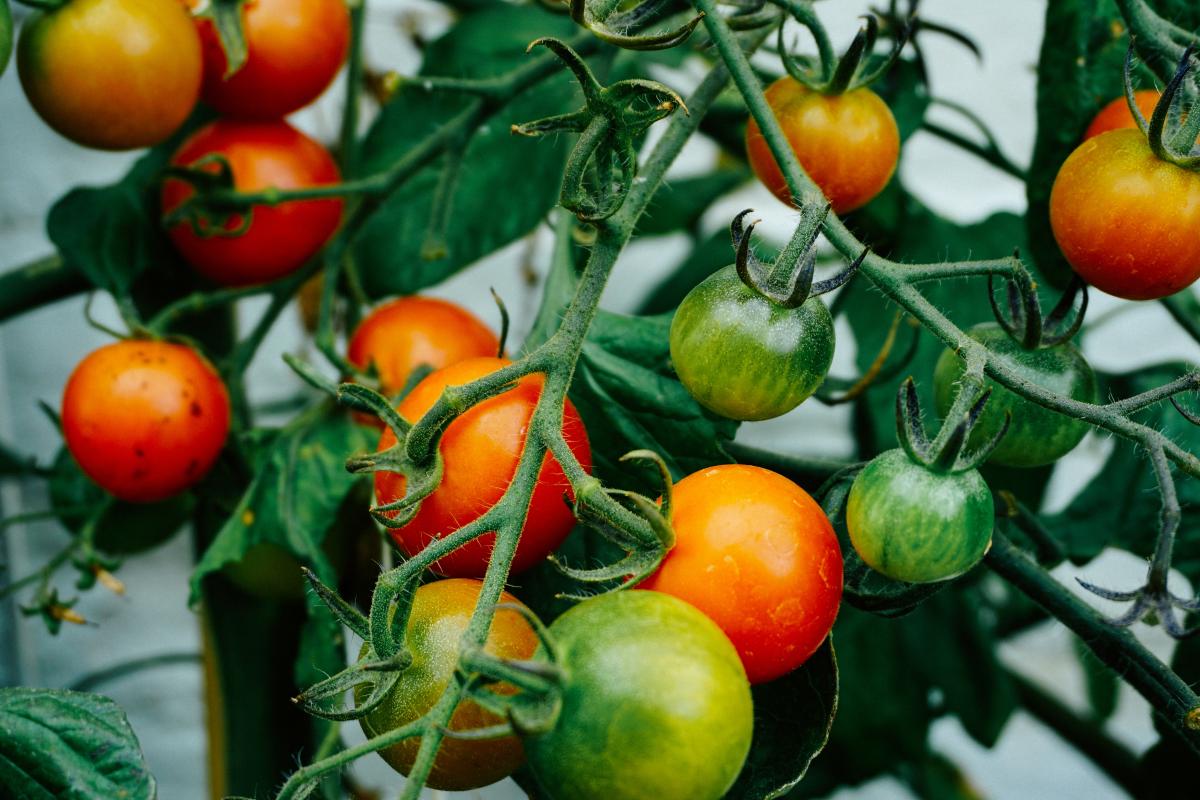
After listening to Knuffle Bunny, students retell the story by coding a path on a map for Ozobot to follow.

Students will go through the engineering design process to come up with a product that will solve a real life problem. By the end of the unit, students will design their product, make their product

The quintessential chemistry lab, Flame Test Lab! Students will use spectroscopes to identify the component photons of light that are emitted from Spectrum Tubes and Flame Tests. Students will learn

This engaging lesson has students create a dynamic poem, using at least 3 particular Literary Elements, that describes the form and function of a particular Anatomy & Physiology term. The students

What lives underground? Kinder- 2nd grade students will dig into the life found underground in this 3-part series. In this lesson, students will dig underground to extract soil, investigate/evaluate

This project sets students up to explore animal anatomy and physiology with the idea of replacing a lost appendage (beak, leg, tail, fin, etc.) This is used in small groups of 2 or 3 over the course

The lesson plan goes beyond the conventional boundaries of art and science, highlighting the interdisciplinary nature of these fields. Students will discover the synergies between art (A) and STEM

The lesson plan challenges students to integrate research, agricultural principles, and engineering concepts, sparking their creativity in designing efficient and sustainable hydroponic setups. From

Students work together to measure the lengths and angles of a maze in order to create a scale drawing of it. They then use EdScratch to program their Edison robots to navigate the maze.

This engaging lesson is all about scale factor. Students will draw different items to scale. There is a Three Act Math, a DESMOS activity, and a Quizizz link to go along with the lesson!

A Makerspace experience for the Holidays! (Part 2) Students are invited to launch their very own startup business just in time for the holidays! In your Makerspace group, invite students to brand

A Makerspace experience for the Holidays! Students are invited to launch their very own startup business just in time for the holidays! In your Makerspace group, invite students to brand, create a

Students will use evidence from an investigation to model and explain how thermal expansion of land and sea ice impact the sea level. They will quantify the impact of land ice melt and thermal

Have you wanted to set up a STEM Night at your school? This has all the documents and stations that we used at our 5th grade Family STEM Night.

Students will be able to utilize multimedia resources, such as online simulations and interactive videos, to explain the process of natural selection and provide examples of how it leads to species

In this lesson, students are introduced to the use of synthetic pigments (biomimicry) in things they use everyday to make art. Students use solvents to separate colors and study chromatography in

Students will collaborate to design a school map to include living and nonliving 3-dimensional objects. Students will use a Cubetto or Sphero device to navigate through a student created map

Students will create an interactive soundboard (assistive technology) to support students in lower grade levels with skills such as math, reading, or language. They will use Makey Makey to support the

This lesson pairs STEM with the book - "Percy Jackson and the Olympians: The Lightning Thief". Students will discuss characters, their relationships to the Greek Gods, the importance of the Greek Gods

Saguaro cacti are collapsing in the Phoenix due to extreme heat and the urban island effect. Is there anyway to save them? This lesson allows students to investigate the factors contributing to the

After students collected authentic data from their class and defined the problem related to trash, students follow through with solving the problem using the engineering process. In the second half of

In this creative lesson, students engage in the Engineering Design Process and explore e-textiles by creating a light-up felt sugar skull.

In this kindergarten computer science lesson, students explore algorithms through a playful "Looping Train Adventure," connecting everyday actions to the way computers follow instructions in a

Students will learn about the relationships between traits of humans and animals. They will use real examples to relate their vocabulary to their everyday lives and then put it into practice by
